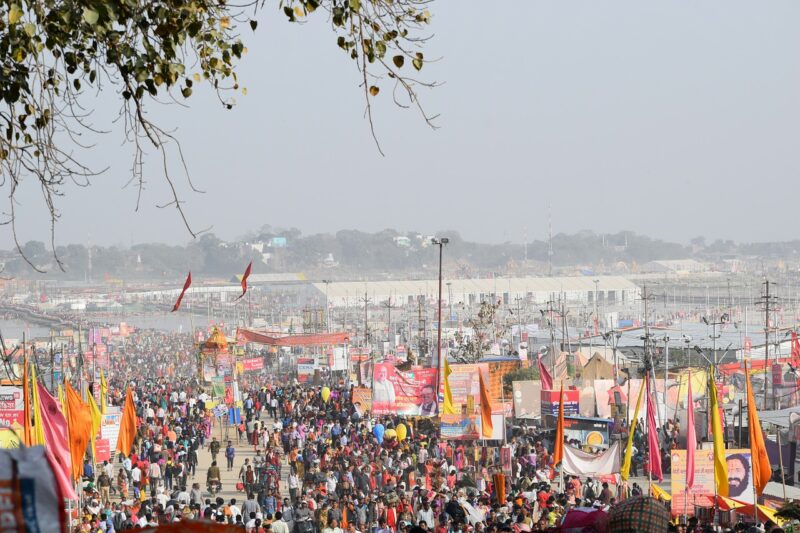The Mahakumbh Mela, one of the largest religious gatherings in the world, is a spectacular confluence of faith, tradition, and culture. Held every 12 years at one of the four sacred sites—Prayagraj, Haridwar, Ujjain, and Nashik—the event attracts millions of devotees, saints, and tourists from around the globe. While its spiritual essence remains the focal point, the role of hospitality during the Mahakumbh Mela is equally vital in ensuring a smooth and memorable experience for visitors.
The Magnitude of Mahakumbh Mela
The Mahakumbh Mela is deeply rooted in Hindu mythology, symbolizing the eternal struggle between good and evil. It is believed that taking a holy dip at the confluence of sacred rivers, such as the Ganges, Yamuna, and the mythical Saraswati, during the Mela washes away sins and paves the way for salvation. The event is not just a pilgrimage; it is a celebration of spirituality, attracting people from diverse backgrounds.
With its sheer scale, the Mahakumbh Mela is a logistical marvel. The 2019 Kumbh Mela in Prayagraj saw over 240 million visitors, making it a significant challenge for the hospitality sector to cater to the diverse needs of attendees.
The Role of Hospitality in the Mahakumbh Mela
Hospitality plays a crucial role in shaping the overall experience of devotees and tourists attending the Mahakumbh Mela. From accommodation to dining and transport services, every aspect needs meticulous planning and execution.
- Accommodation Solutions:
The Mela witnesses a wide range of visitors, from saints and ascetics to international tourists. Temporary tent accommodations, ashrams, dharamshalas, and luxury camps cater to various preferences and budgets. Luxury tents equipped with modern amenities have gained popularity among international travelers seeking a unique blend of tradition and comfort. - Dining and Food Services:
Food is an integral part of the Mahakumbh experience. Free community kitchens (langars) serve simple yet wholesome meals to millions of pilgrims. Additionally, local eateries and vendors provide a taste of regional cuisine. Hospitality providers ensure food hygiene and quality to prevent health issues amidst the massive gathering. - Health and Sanitation:
The health and well-being of attendees are paramount. Temporary hospitals, sanitation facilities, and clean drinking water are set up to accommodate the massive influx of visitors. Hospitality partners often collaborate with local authorities to maintain cleanliness and hygiene. - Technology Integration:
With advancements in technology, the hospitality sector has incorporated digital solutions such as mobile apps for booking accommodations, locating services, and accessing event schedules. These innovations have enhanced the convenience and safety of visitors.
Challenges in Hospitality Management
Despite meticulous planning, the Mahakumbh Mela poses significant challenges for the hospitality sector. Managing such a massive crowd requires efficient coordination between government bodies, private enterprises, and non-profit organizations. Ensuring safety, managing waste, and addressing the diverse needs of pilgrims are constant challenges.
Conclusion
The Mahakumbh Mela is a unique event that seamlessly blends spirituality with the essence of Indian hospitality. The dedication of hospitality providers enhances the pilgrims’ experience, making their spiritual journey comfortable and fulfilling. As the Mela continues to grow in scale and prominence, the role of hospitality in maintaining its legacy of devotion and service remains indispensable.









